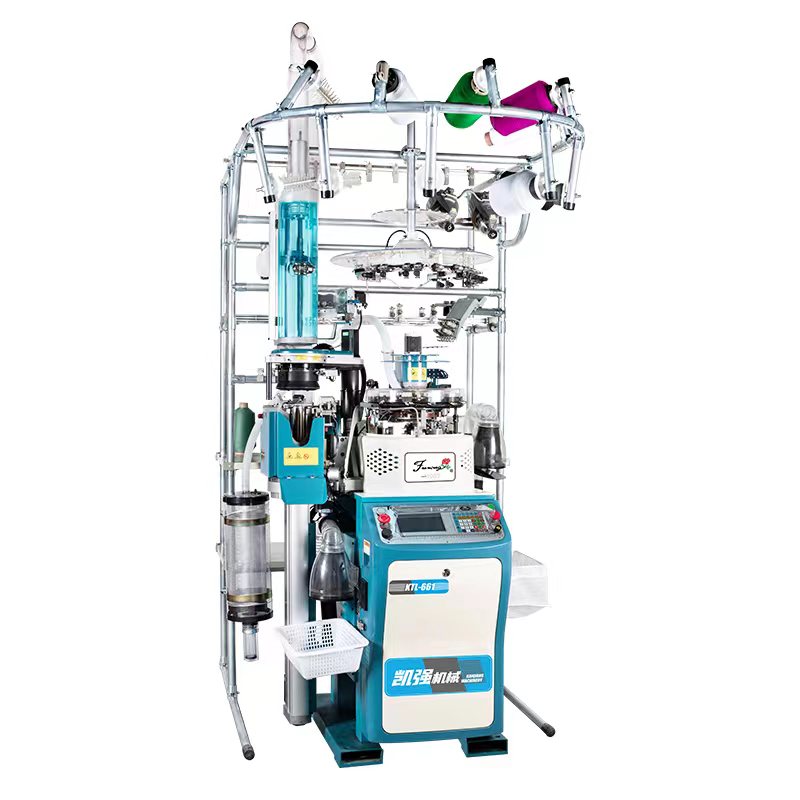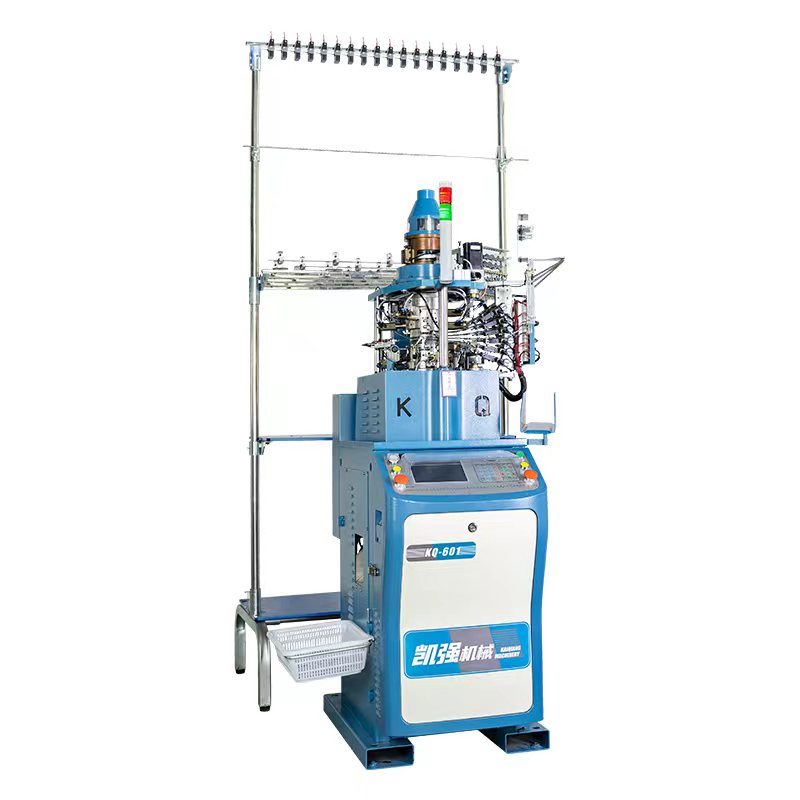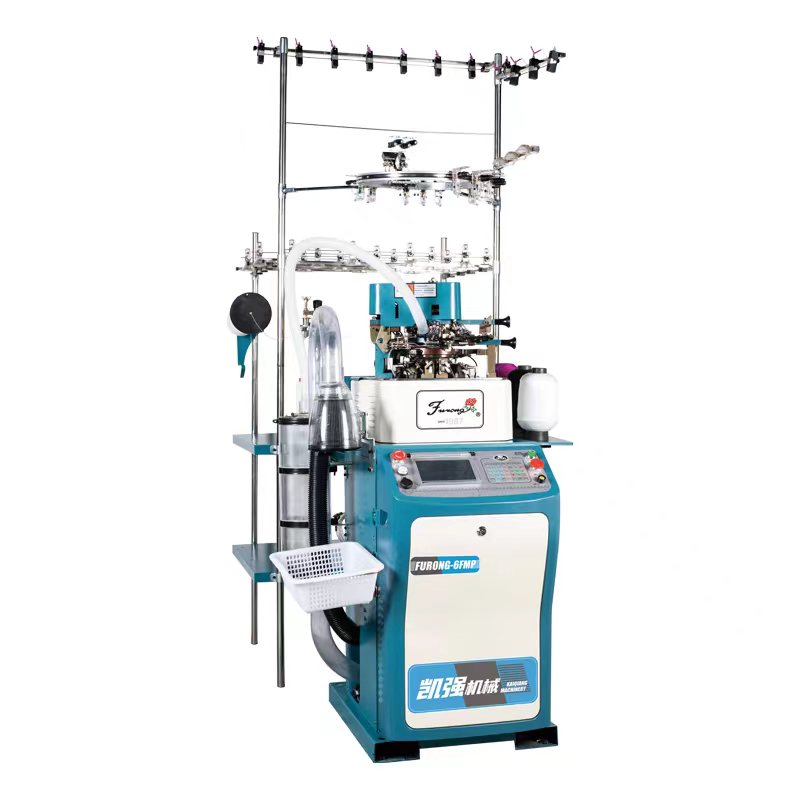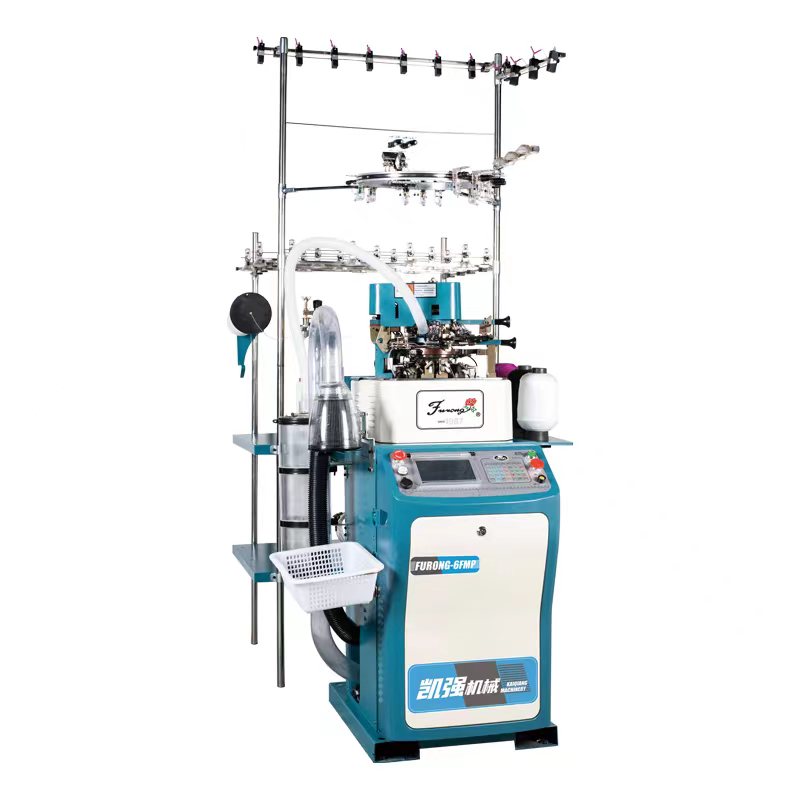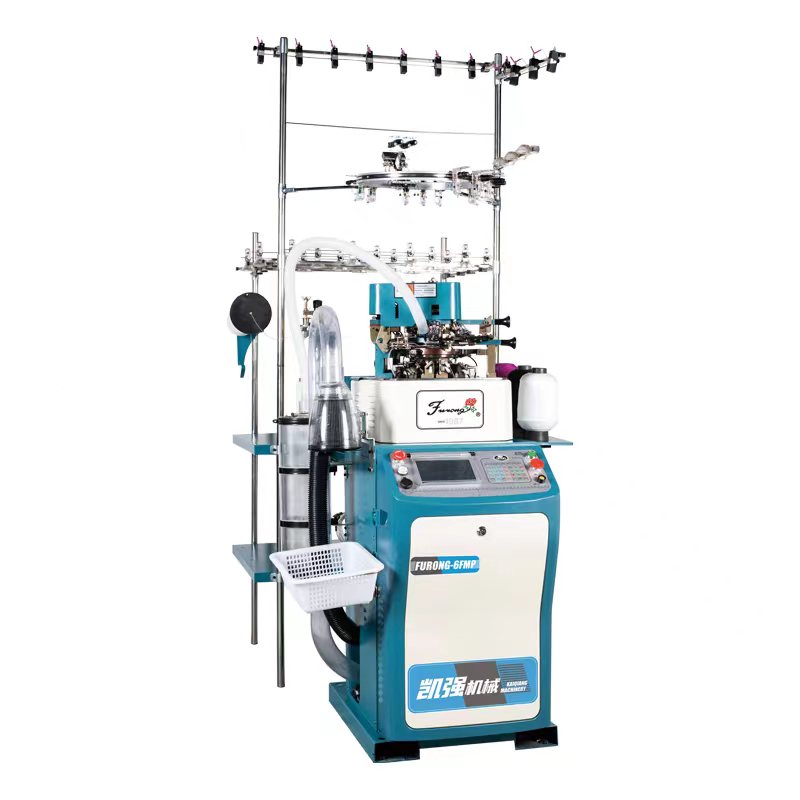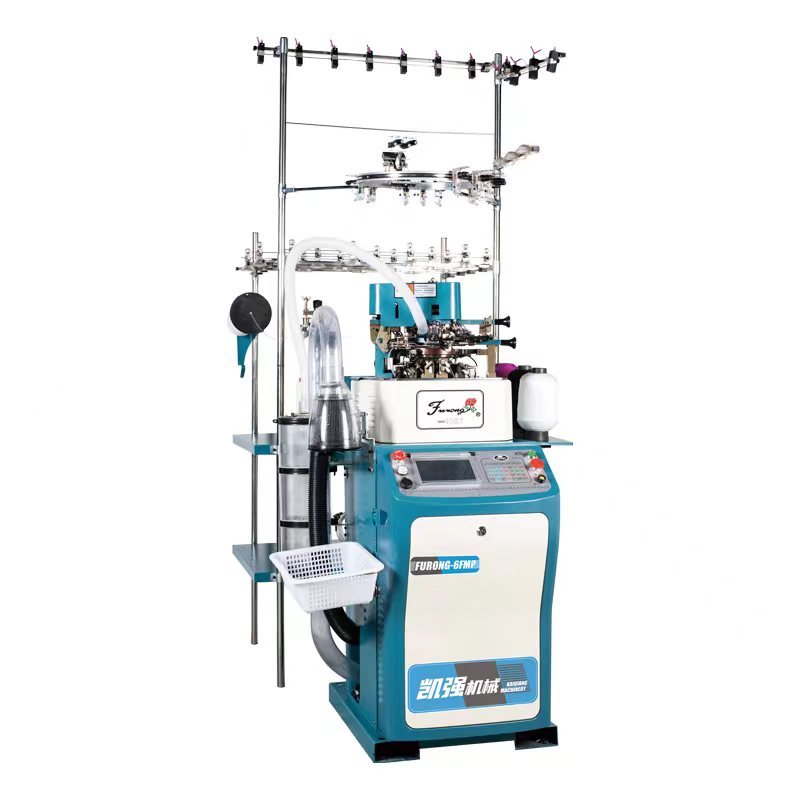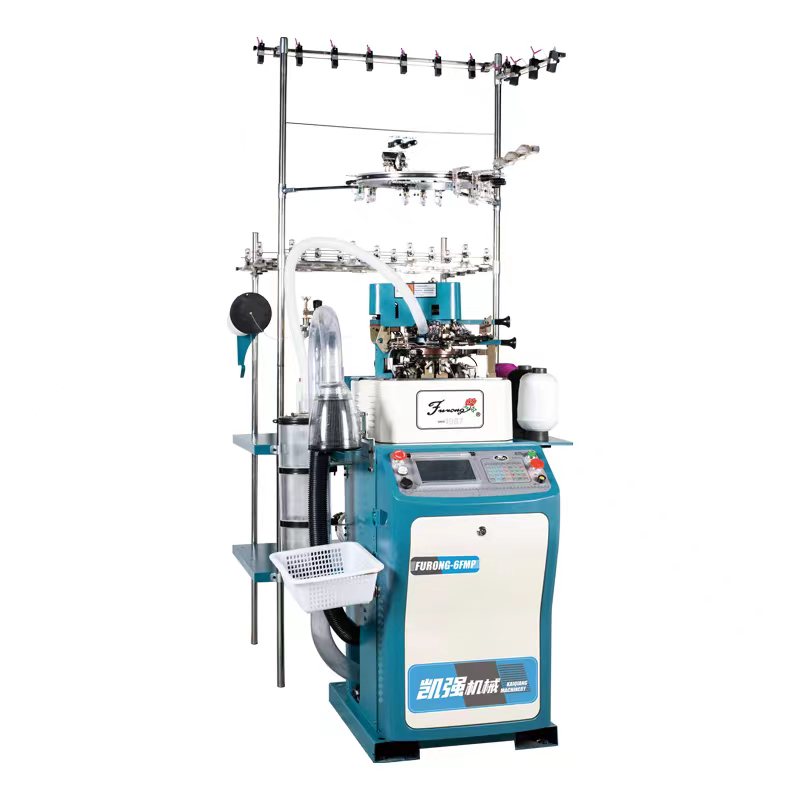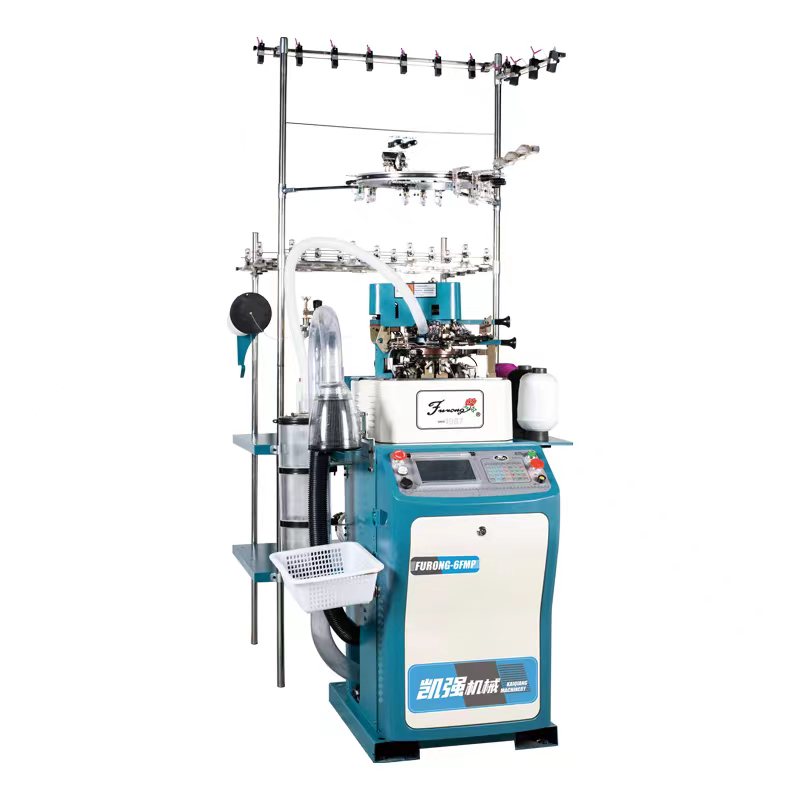Ribbing and elastic features are essential aspects of automatic socks knitting machines, especially in the production of high-quality and comfortable socks. These features play a crucial role in creating the distinctive ribbed patterns and ensuring the elasticity necessary for a snug and comfortable fit. Here's a closer look at ribbing and elastic features in automatic socks knitting machines:
Ribbing Features:
Ribbing is a knitting technique that creates a raised vertical pattern on the surface of the sock. This ribbed pattern is characterized by alternating columns of raised and recessed stitches. Ribbed socks are not only aesthetically pleasing but also offer several advantages:
Improved Fit: Ribbed socks are stretchy and conform to the shape of the foot, providing a snug fit that stays in place.
Enhanced Comfort: The raised ribs create cushioning and extra padding in specific areas of the sock, offering additional comfort.
Aesthetics: Ribbed patterns add texture and style to socks, making them a popular choice for both casual and dress socks.
Automatic socks knitting machines achieve ribbing through several mechanisms and features:
Rib Needles: These specialized needles are designed to create the raised ribs by knitting specific stitches in a different pattern. The arrangement of rib needles and regular needles determines the ribbing pattern, such as 1x1 (one rib stitch, one plain stitch), 2x2, or other variations.
Needle Selection: Modern machines have the capability to select individual needles, allowing for precise control of the ribbing pattern and the transition between ribbing and plain sections.
Yarn Feeders: Automatic machines are equipped with multiple yarn feeders, enabling the use of different colored yarns for creating contrasting ribbed patterns or adding decorative elements to the sock design.
Elastic Features:
Elasticity is a critical characteristic of socks, as it ensures that they stay in place and conform comfortably to the shape of the wearer's foot and leg. Elasticity is achieved through various features and materials:
Elastic Yarn: Elastic yarns, often made of a blend of spandex (Lycra) and other fibers, are used in the sock's construction. These yarns provide stretch and recovery properties, allowing the sock to stretch comfortably during wear and then return to its original shape.
Lycra Panels: Some socks incorporate Lycra or elastane panels in specific areas, such as the cuff or arch, to provide targeted support and elasticity.
Ribbed Structure: Ribbed patterns themselves contribute to the elasticity of the sock. The alternating raised and recessed stitches create a stretchy fabric that adapts to the wearer's leg.
Cuff Design: The cuff of the sock is often designed to provide a secure and comfortable fit. Ribbed cuffs with added elastic yarns ensure the sock stays up without slipping down.
Automatic socks knitting machines are equipped to work with elastic yarns and to incorporate ribbing and other features that enhance the sock's stretch and comfort. These features, combined with modern knitting technology and precise control systems, allow manufacturers to produce high-quality socks with optimal fit and aesthetics.

 英语
英语 中文简体
中文简体